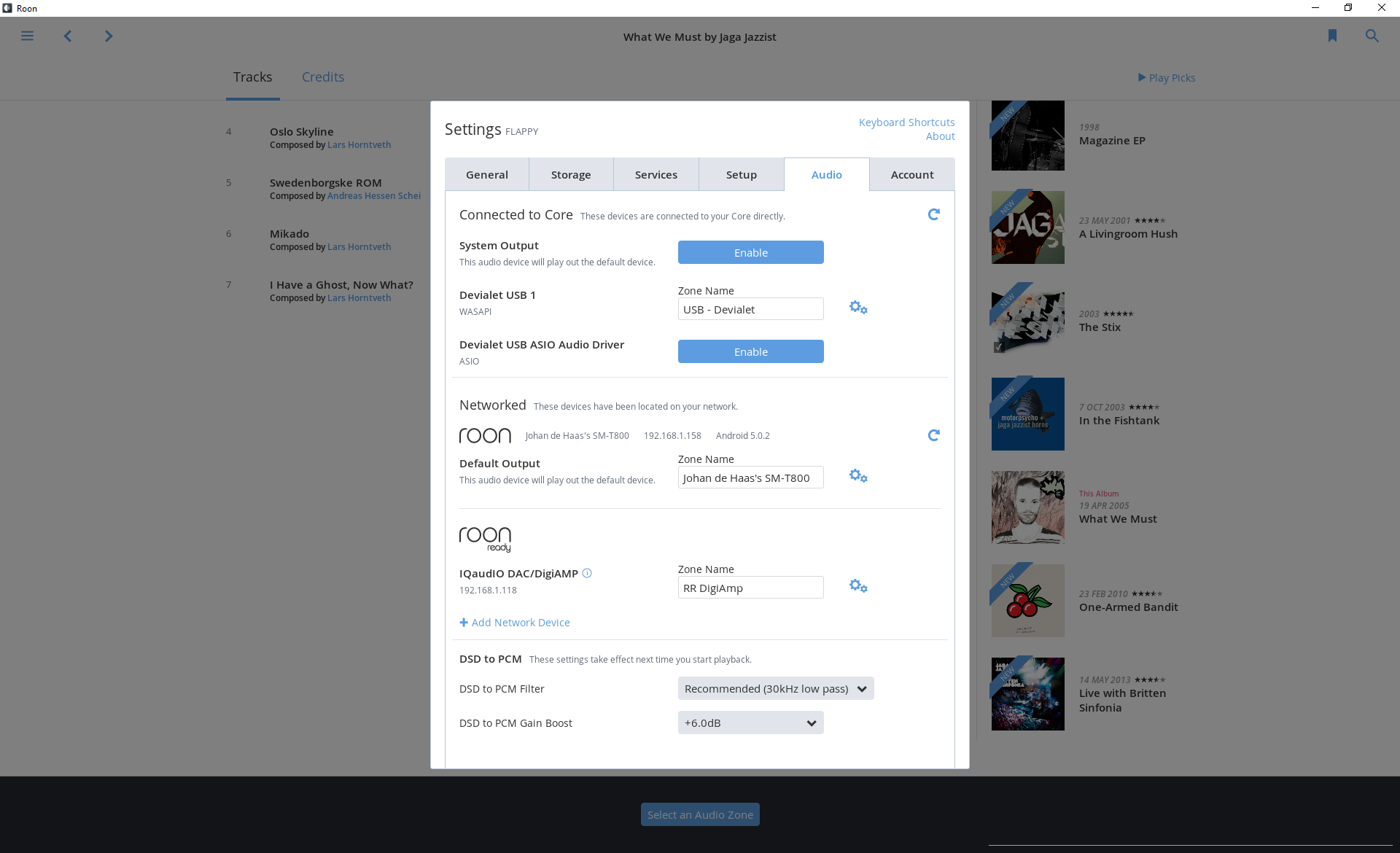

- #Qemu system arm windows no output install#
- #Qemu system arm windows no output serial#
- #Qemu system arm windows no output code#
- #Qemu system arm windows no output Pc#
Lx-symbols - (Re-)load symbols of Linux kernel and currently loaded modules

Lx-mounts - Report the VFS mounts of the current process namespace Lx-list-check - Verify a list consistency Lx-ioports - Identify the IO port resource locations defined by the kernel Lx-iomem - Identify the IO memory resource locations defined by the kernel Lx-fdtdump - Output Flattened Device Tree header and dump FDT blob to the filename Lx-cmdline - Report the Linux Commandline used in the current kernel (gdb) apropos lxįunction lx_current - Return current taskįunction lx_module - Find module by name and return the module variableįunction lx_per_cpu - Return per-cpu variableįunction lx_task_by_pid - Find Linux task by PID and return the task_struct variableįunction lx_thread_info - Calculate Linux thread_info from task variableįunction lx_thread_info_by_pid - Calculate Linux thread_info from task variable found by pid
#Qemu system arm windows no output code#
Just as much fun as debugging graphics code (ie.
#Qemu system arm windows no output serial#
lx-dmesg is incredibly handy for viewing the kernel dmesgīuffer, particularly in the case of a kernel panic before the serial driver hasīeen brought up (in which case there’s output from QEMU to stdout, which is Scripts provided by the kernel via CONFIG_GDB_SCRIPTS can be viewed withĪpropos lx. We can start/resume the kernel with c, and pause it with ctrl+c. Hardware assisted breakpoint 2 at 0xffffffff82904a1d: file init/main.c, line 536.īreakpoint 2, start_kernel () at init/main.c:536ĥ36 set_task_stack_end_magic(&init_task) Kernel to continue booting past that function). Hbreak (I lost a lot of time just using b start_kernel, only for the Set a break point early on in the kernel’s initialization. Now that QEMU is listening on port 1234 (via -s), let’s connect to it, and $ echo "add-auto-load-safe-path `pwd`/scripts/gdb/vmlinux-gdb.py" > ~/.gdbinit Now we could create a custom filesystem image with theīare bones (definitely a post for another day), but creating a ramdisk is the Now we’re panicking because there’s no root filesystem, so there’s no Well at least we’re no longer in the dark (remember, ctrl+a, c, q toĮxit). Kernel Offset: 0x1c200000 from 0xffffffff81000000 (relocation range: 0xffffffff80000000-0xffffffffbfffffff ).
#Qemu system arm windows no output Pc#
Kernel panic - not syncing: VFS: Unable to mount root fs on unknown-block (0,0 ) CPU: 0 PID: 1 Comm: swapper/0 Not tainted 4.18.0-rc6 #10 Hardware name: QEMU Standard PC (i440FX + PIIX, 1996 ), BIOS 1.10.2-1ubuntu1 The above runs a 32-bit kernel, if you were already running 64-bit Raspbian use the arm64 kernel instead and replace qemu-system-arm with qemu-system-aarch64.$ qemu-system-x86_64 -kernel arch/x86_64/boot/bzImage -nographic -append "console=ttyS0". netdev tap,id=net0,ifname=tap0,script=no,downscript=no \ device virtio-scsi-device -device scsi-hd,drive=hd \ drive file=/rpi/root.img,format=raw,id=hd,if=none,media=disk \ Sudo dpkg -install linux-image-5.10.0-21-armmp-lpae_5.10.162-1_bĬopy out the kernel and initrd from /boot to the host, then run QEMU with something like this: qemu-system-arm \
#Qemu system arm windows no output install#
First install a virtualization-capable kernel, Raspian doesn't provide one but the regular Debian ARM distro does: wget Getting it running is a bit more work but in the end not too complicated (more instructions here). It also supports arbitrary CPU counts and memory sizes. I've had better success using the virt model which emulates a generic ARM system, but uses virtualization, rather than device emulation, which leads to lower CPU utilization on the host and much better I/O performance. It's also locked to 4 CPUs and 1 GB of memory. While the raspi3b model works well, it is quite inefficient and its network speeds are really low because it emulates the USB-Ethernet adapter.


 0 kommentar(er)
0 kommentar(er)
